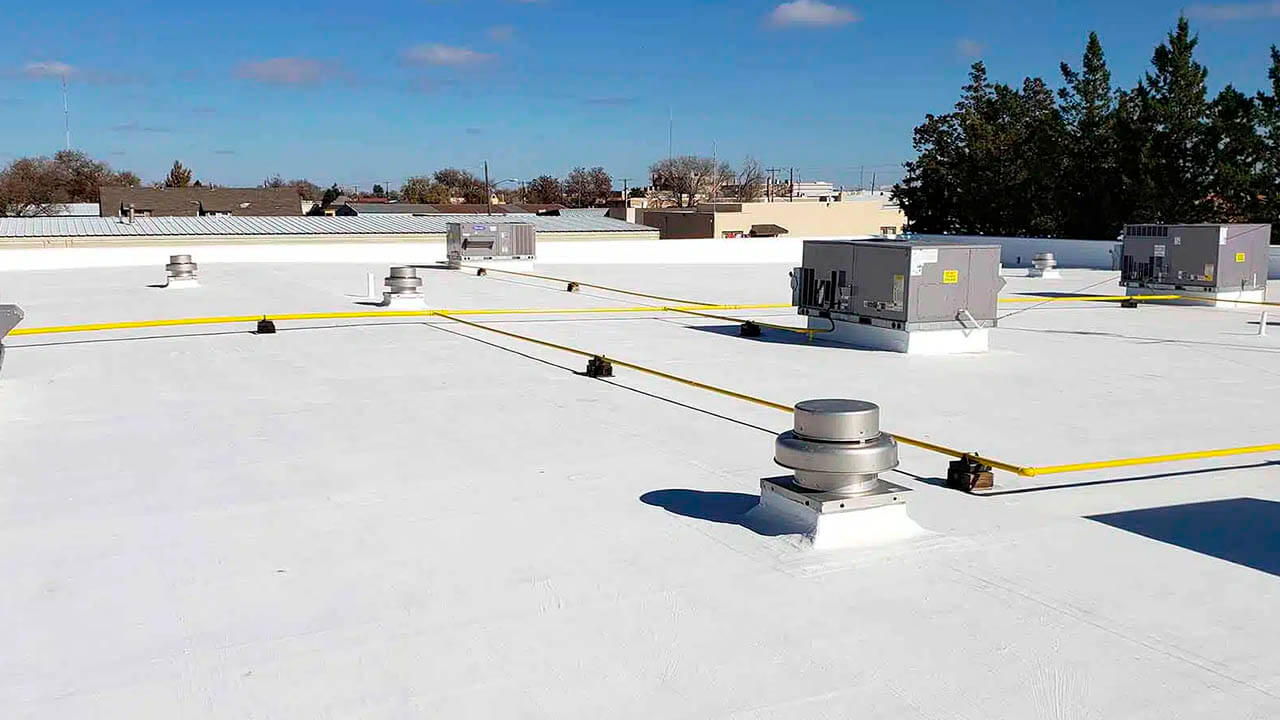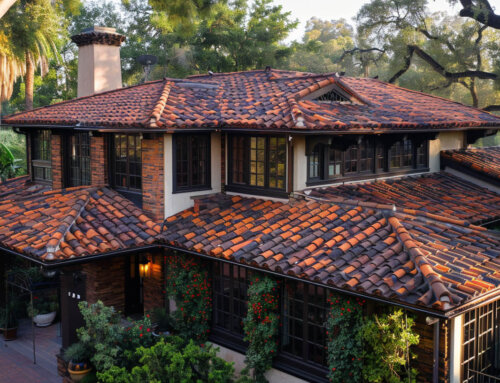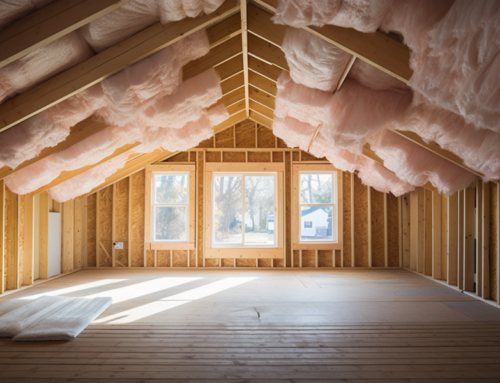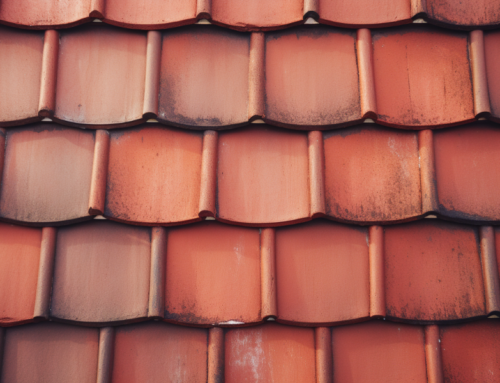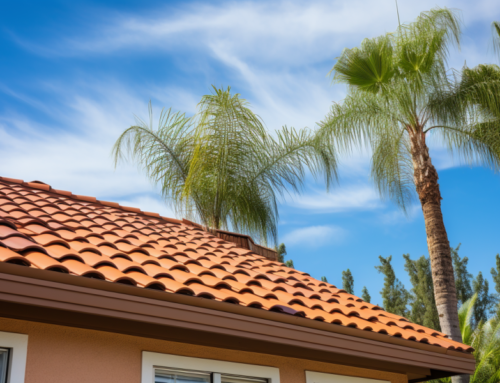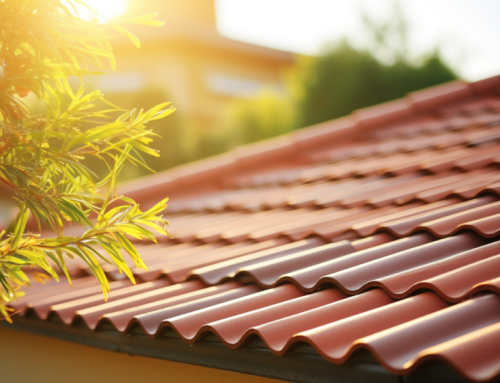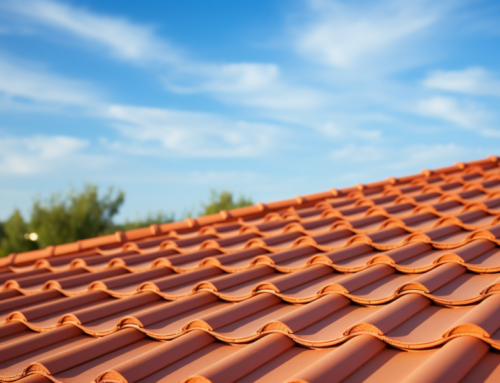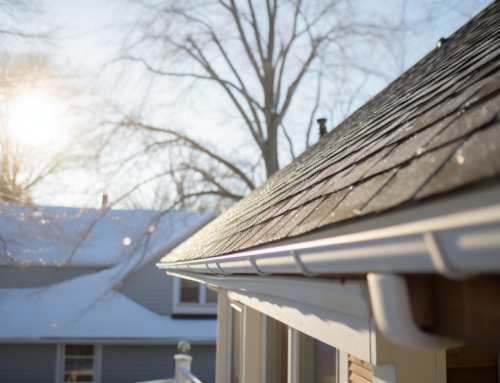Are you a commercial building owner or property manager? If so, it’s important to understand the lifespan of your roofing system. In this guide, we’ll go over everything you need to know about TPO roofs – one of the most popular types of flat roofing systems on the market today.
From TPO roofing installation to maintenance tips and helpful insights into how long they last in different conditions, this ultimate guide has got you covered.
Introduction to TPO Roofs
TPO roofs are one of the most popular types of commercial roofing systems on the market today.
TPO roofs are known for their durability, energy efficiency, and overall cost-effectiveness. However, like all roofing systems, TPO roofs have a limited lifespan.
TPO stands for Thermoplastic Polyolefin and is a type of single-ply membrane roofing that is used on flat roofs. the TPO membranes and roofing systems are made up of a single layer of synthetics and reinforcing scrim.
The membranes are manufactured in sheets 10, 12, or 20 feet wide and are heat-weldable.
TPO Roofing offers excellent performance at a cost-effective price. They are extremely UV-resistant and can be installed on just about any asphalt roof of any building with a low-slope (“flat”) commercial roof.
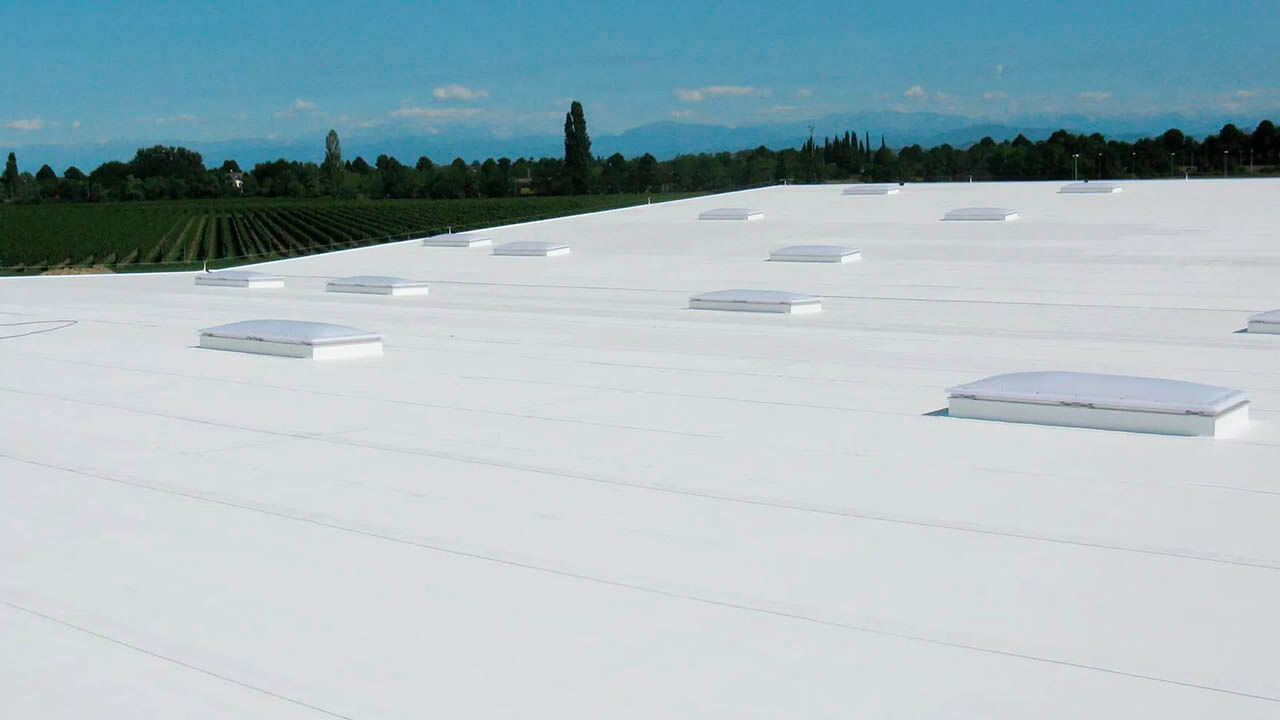
Pros and Cons of TPO Roofs
TPO roofs are a popular choice for many commercial buildings because they are energy efficient and durable. However, there are some disadvantages to using TPO roofing that you should be aware of before making a decision.
Here are the pros and cons of these commercial roofs below:
Pros:
- Energy efficiency: TPO roofs reflect sunlight, which can help keep your building cooler in the summer and reduce your energy costs.
- Durable: TPO roofs are resistant to wind, hail, and other weather damage. They also don’t require much maintenance over their lifespan.
- Flexible: These roofs can be installed on a variety of different roof shapes and sizes.
Cons:
- Cost: These roofs can be more expensive than other types of roofing material, such as asphalt shingles or a metal roof.
- Installation: They require special training and equipment for installation, so it’s important to find a qualified contractor.
- Repairs: Because TPO is a single-ply membrane, it can be difficult to repair if it is damaged. You may need to replace the entire TPO membrane if there is significant damage.
What is the Lifespan of a TPO Roof?
When considering the lifespan of a TPO roof, it is important to keep in mind that this type of roofing system is designed to last for decades with proper maintenance.
However, the exact lifespan of a TPO roof will vary depending on a number of factors, including the quality of the roofing materials used, the climate in which the roof is installed, and the level of care and maintenance it receives.
With that said, similar to a PVC roof, most TPO roofs can be expected to last between 20 and 30 years before needing to be replaced.
Factors Affecting the Lifespan of a TPO Roof
The lifespan of a TPO commercial roofing system is affected by many factors, including the quality of the materials used, the installation process, and the climate.
Quality Materials
TPO roofs are made from synthetic materials that can degrade over time due to UV exposure, extreme temperatures, and other environmental factors. The quality of the materials used in the roof can also affect its lifespan.
Poorly made or cheaply produced TPO roofs may only last for a few years before needing to be replaced.
Installation Process
The installation process is another important factor that can affect a TPO roof’s lifespan. If the roof is not installed properly, it may not last as long as it should.
Poorly sealed seams or inadequate ventilation or leaking roof can lead to premature deterioration of the roof.
The climate where the TPO roof is located can also affect its lifespan. Extreme climates with high temperatures or large amounts of precipitation can shorten the roof life expectancy of a TPO roof.
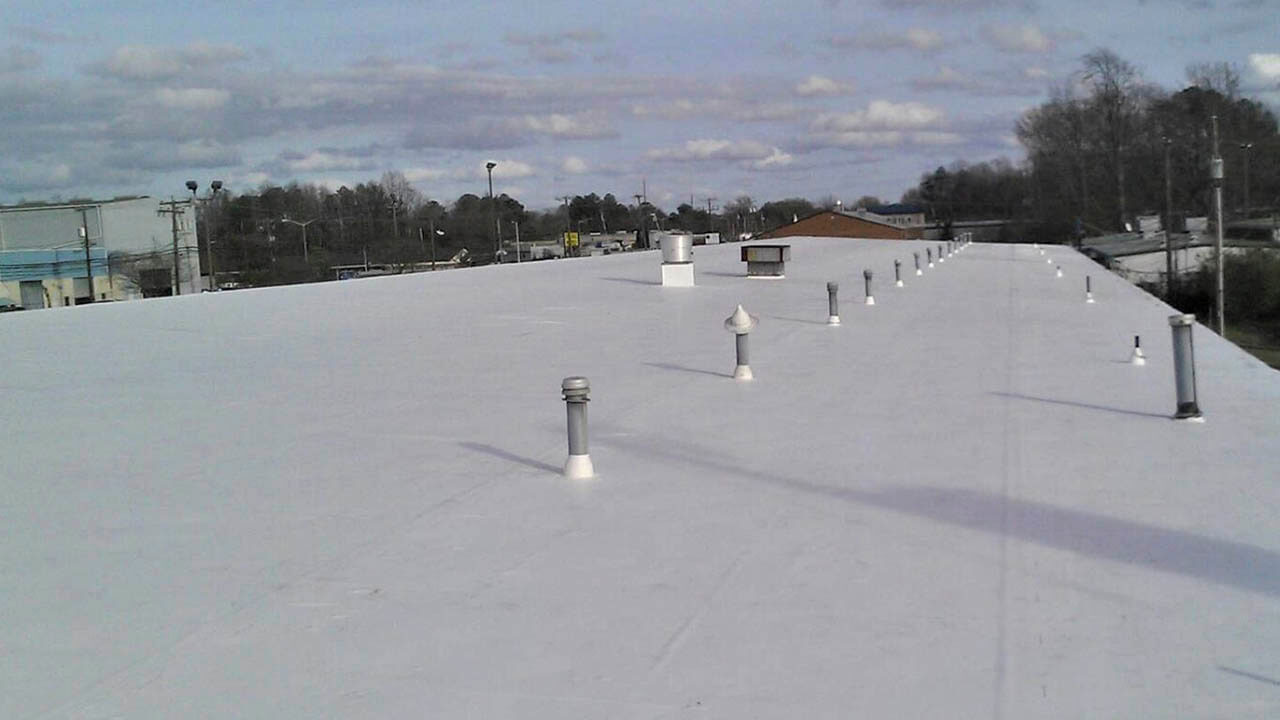
Maintenance Tips for Extending the Life of a TPO Roof
To extend the life of your TPO roof, it is important to regularly inspect and maintain your existing roof anyway. Here are some tips for maintaining your TPO roof:
- Inspect your roof regularly for any signs of wear or damage.
- If you see any damage, repair it immediately to prevent further damage.
- Keep your roof clean by removing debris and leaves.
- Trim trees and branches that are close to your roof to prevent them from damaging the roof.
- Check the flashing around skylights, chimneys, and other penetrations to make sure it is in good condition and properly sealed.
- Inspect gutters and downspouts to ensure they are clear of debris and functioning properly.
- Have your roof professionally inspected at least once a year by a qualified contractor.
Conclusion
TPO roofs are a great option for commercial buildings that want to maintain an energy-efficient and cost-effective roofing system. With proper installation, maintenance, and repairs, these roofs can last up to 30 years or more.
If you’re looking for professional help with TPO roofing systems, get in touch with the commercial roofing experts at San Diego County Roofing & Solar today at +1 (855) 732-6868.

